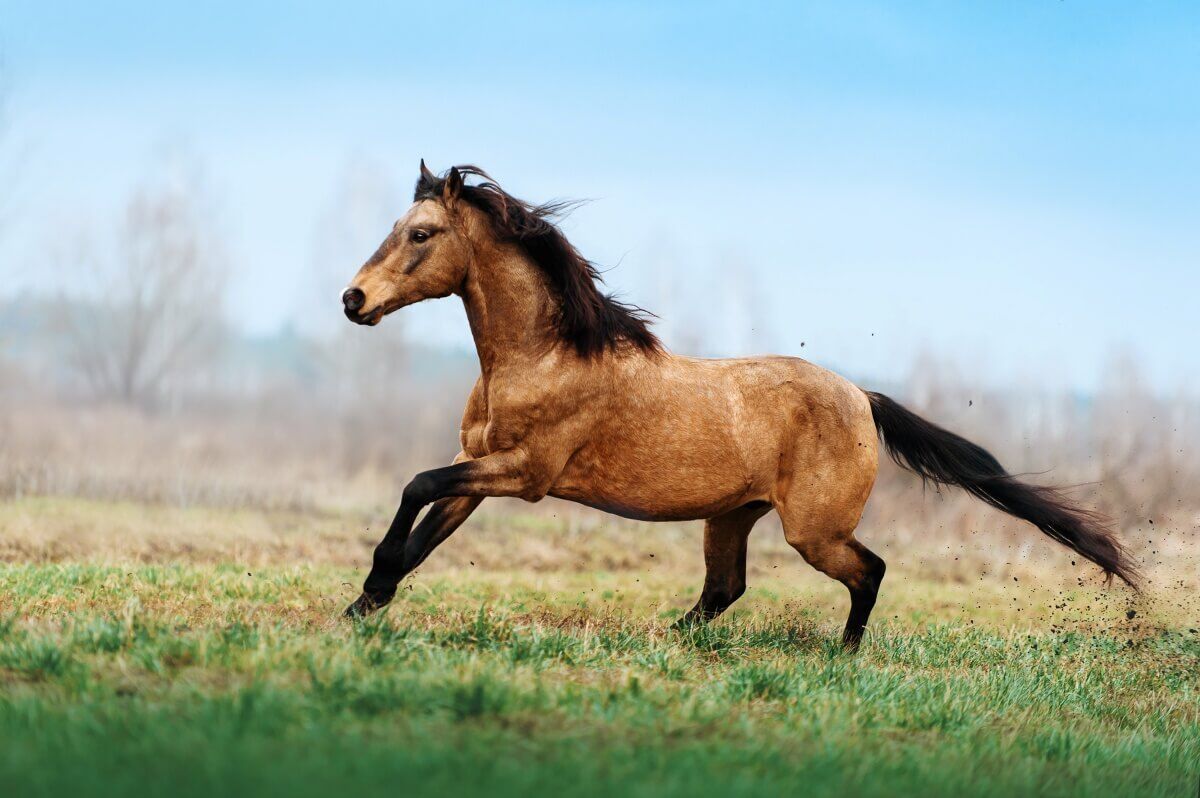The question of what happens if a horse loses a hoof is a pressing concern for horse owners and enthusiasts alike. This scenario is both critical and daunting, drawing attention to the need for immediate and thorough understanding. The potential complications and the ensuing care required reveal the importance of knowledge in equine care.

A Terrific Overview of Hoof Anatomy
A horse’s hoof is a complex structure, integral to their overall health and mobility. The hoof is composed of several parts, each playing a crucial role in ensuring the horse’s strength and endurance. Understanding this anatomy is the first step in recognizing the impacts of injury.
The Importance of the Hoof Capsule
The hoof capsule is the outer part of the hoof made of keratin. It provides strength and protection, forming a line of defense against external injuries. Without it, a horse is exposed to severe risks.
The Role of the Coffin Bone
The coffin bone, located within the hoof, supports the structure and bears the horse’s weight. Damage here can have disastrous effects on their ability to stand or move comfortably.

Big Impacts of Hoof Loss
Losing a hoof is not just an injury; it’s a significant health crisis. Such an event can have a range of complications, from severe pain to potential fatality if not addressed correctly. Here are some of the primary impacts:
Pain and Suffering
The immediate consequence of hoof loss is intense pain. Horses communicate their discomfort through signs like limping, reluctance to move, or even refusing to stand.
Severe Infection
The exposed tissues are highly susceptible to infections, which can spread rapidly if not treated promptly. This can lead to pus formation, swelling, and fever.
Mobility Issues
Without a hoof, a horse’s ability to move is severely compromised. This can affect their eating habits, mental well-being, and overall health.

Tremendous Care and Rehabilitation Process
Supporting a horse through hoof loss requires dedicated care and patience. This process is demanding but essential for their recovery.
Immediate Veterinary Assistance
Getting prompt veterinary care is crucial. Vets can provide pain relief, manage infections, and offer guidance on the best course of action for treatment.
Protecting the Exposed Foot
Protection involves bandaging the exposed foot, changing dressings regularly, and avoiding environments where the horse could be at risk of further injury.
Long-Term Monitoring
Consistent monitoring is required to check for signs of infection or other complications. Regular check-ups with the vet are also recommended.

Approved Recovery Methods
Recovery from hoof loss isn’t straightforward, and it often involves a combination of methods tailored to the individual horse’s needs.
Hoof Boots and Artificial Hooves
Hoof boots or artificial hooves can offer temporary relief, allowing the horse to regain some mobility while the natural hoof grows back.
Correct Nutrition
A balanced diet rich in essential nutrients supports hoof regrowth and overall health. Supplements specific to hoof strength can be beneficial.
Physical Therapy
Engaging in controlled exercises helps maintain the horse’s muscle tone and joint flexibility, ensuring they remain as healthy as possible during recovery.
Preventing Such Incidents
Prevention is always better than cure. Regular hoof care can significantly reduce the risk of hoof loss.
Regular Hoof Inspections
Performing frequent inspections allows early detection of issues, making it easier to address them before they escalate.
Proper Shoeing Practices
Ensuring the horse is shod correctly by a qualified farrier helps maintain hoof health and prevent injuries.
For more information on horse care, check out Bridle and English Bridle.
FAQs
Can a horse survive after losing a hoof?
While hoof loss is serious, with proper care and treatment, a horse can survive and recover.
How long does it take for a hoof to grow back?
Hoof growth can take several months, depending on the severity of the loss and the horse’s overall health.
What can be done to prevent hoof loss?
Regular hoof care, proper shoeing, and attentive feeding practices are effective in preventing hoof loss.
As an Amazon Associate, I earn from qualifying purchases.
For expert insights on proper hoof care and horse well-being, visit Country Living for diverse and useful resources.